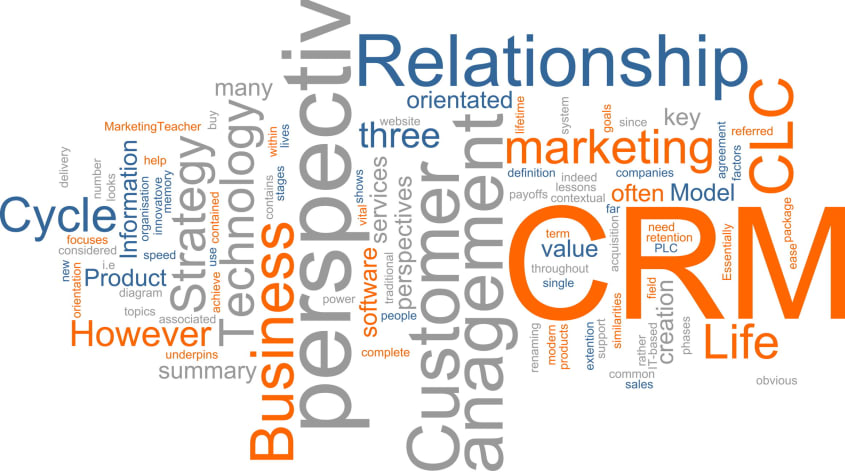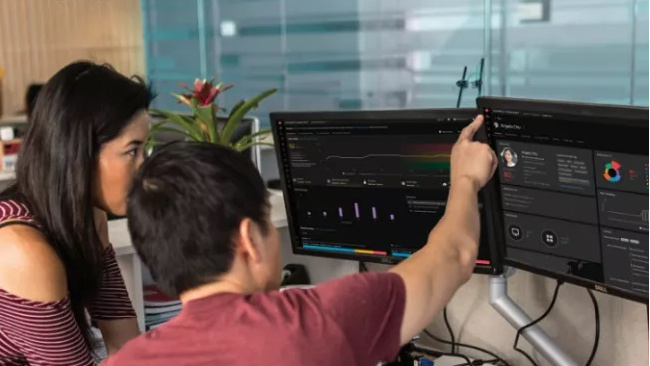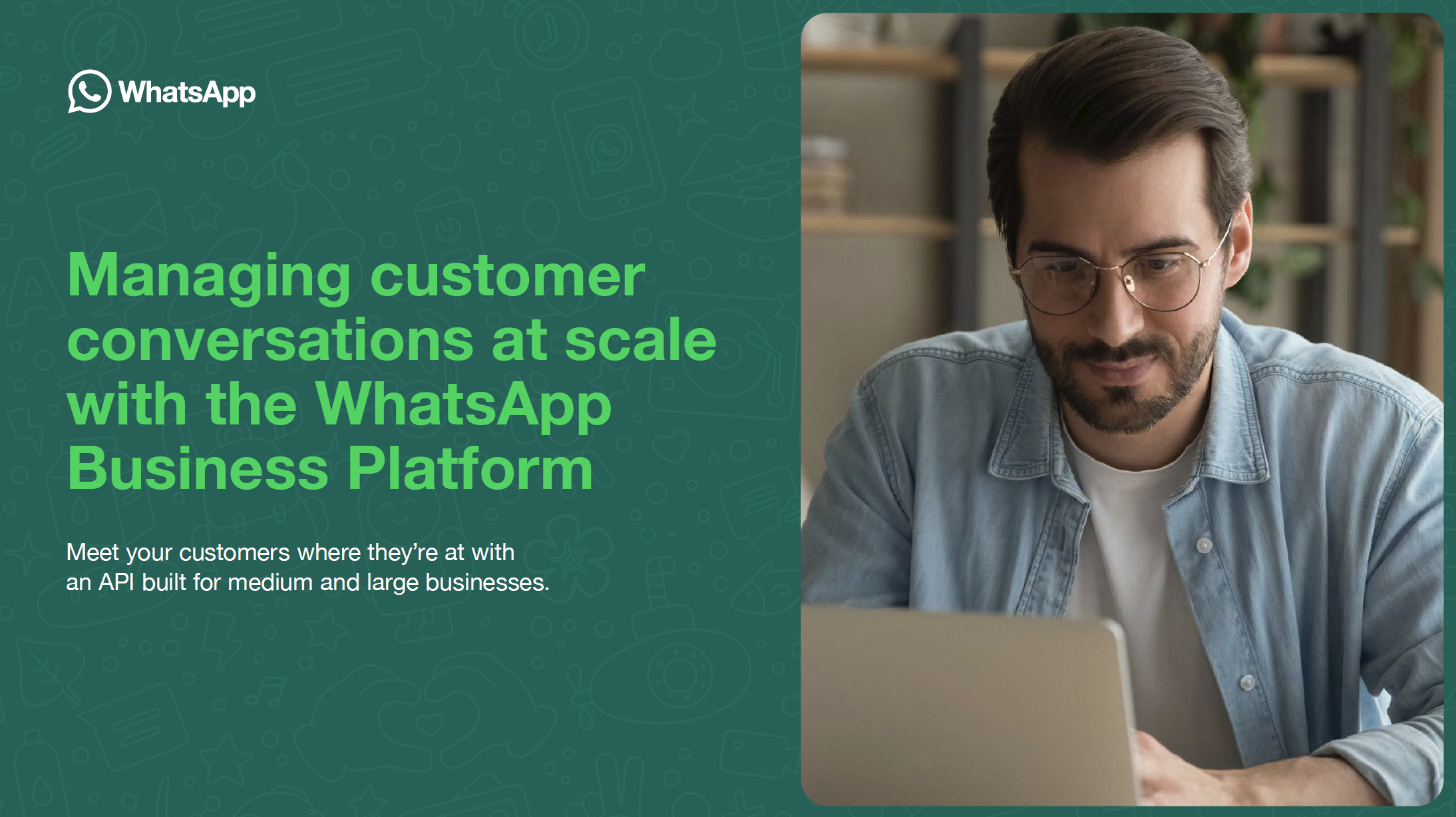SAP gives data its rightful place above “tired” CRM
New set of hybris tools aim to offer sales teams customer-centric approach

SAP wants companies to ditch “tired” legacy CRM products in favour of its own new data-centric toolset designed to provide real-time information on customers.
Blaming “legacy cloud CRM applications” for creating data silos that leave sales staff ignorant of customer needs, SAP believes marketing must become less about solely selling and more about understanding customers' needs.
“The roles of the traditional marketing customer service are changing,” said Jamie Anderson, senior VP of marketing for SAP hybris.
“[There’s a] need to get beyond traditional CRM, because in many ways it's become quite a tired acronym, every bit as much as it's become in itself a pretty limiting technology.”
While cloud CRM apps have helped staff enter customer information, or even process orders via mobile devices while out on sales calls, they are hurting staff and clients by failing to link back to data stored on the customer, SAP contends.
“Systems need to surface more insight in real-time, so that a sales person can walk in, and they can know exactly what's happening with that customer,” Anderson added.
“When you have a CRM platform and it's connected to the rest of your business ... you can be that smart. That's what companies are looking for. They're looking for someone who can add value. Today's legacy cloud environments don't allow that to happen.”
Sign up today and you will receive a free copy of our Future Focus 2025 report - the leading guidance on AI, cybersecurity and other IT challenges as per 700+ senior executives
New hybris tools
SAP hopes to achieve that customer-focused approach with a set of cloud apps based on hybris, the CRM specialist it bought back in 2013.
The biggest announcement is SAP hybris Profile, a tool that builds up a picture of a customer based on their interactions with a brand, pooling structured and unstructured data to help sales staff deliver a personalised experience.
TechMarketView analyst Angela Eager said in a blog post: “Through Profile SAP is giving data its rightful place at the centre of operations. Transactions still matter (and hybris is an ecommerce platform) but without intelligent use of customer data they will be harder to close off.”
The other products are hybris Customer Experience, software that delivers dynamic, targeted ads and offers, as well as hybris-as-a-Service, sitting on the HANA cloud platform to allow SAP-approved partners to develop new services and extend existing ones.
Customers
Travel firm TUI is already using some hybris tools and hopes to roll the rest out over a three-year programme to help staff at any outlet know everything about a customer’s holiday plans from the minute they walk through the door.
Katie McAlister, director of business change and customer experience, said: “We have three objectives: we want our experience to be consistent, we want it to be effortless for customers and we want it to be engaging.
“By putting in place a CRM system that supports our entire customer journey from someone thinking about their holiday right through to booking, preparing to go on holiday, whilst on holiday and returning, if we can give our staff the toolkit to support our customers through that entire lifecycle, that makes it consistent for them.”
Another customer, P&O Ferries, has been around since the 1960s (as P&O), and its CIO, Chris Cook, admitted it has considerable legacy to contend with.
Nevertheless, it has adopted the new solutions to sell more than just ferry tickets to its customers.
“It is about that ability to interact with our customers no matter where they are, whether they're ringing us up, on the web, on the mobile,” Cook said, who has managed to integrate the new tools with his non-SAP legacy infrastructure.
For the German technology giant, the message is clear – as Anderson said, “Your marketing campaigns and what you deliver are only as good as the information you have at the time.”
One attendee at the London product launch told Cloud Pro the new set of tools would be the first of SAP’s CRM range he would recommend customers adopt, and analyst Eager believes it is a significant move from the vendor.
“SAP is using the combination of cloud technology (hybris), and business services (hybris-as-a-Service micro services), to deliver business outcomes (e.g. Tweet to receipt). This takes the software provider closer to Business Process-as-a-Service (BPaaS) territory,” she wrote.
-
 Trump's AI executive order could leave US in a 'regulatory vacuum'
Trump's AI executive order could leave US in a 'regulatory vacuum'News Citing a "patchwork of 50 different regulatory regimes" and "ideological bias", President Trump wants rules to be set at a federal level
-
 TPUs: Google's home advantage
TPUs: Google's home advantageITPro Podcast How does TPU v7 stack up against Nvidia's latest chips – and can Google scale AI using only its own supply?
-
 Strengthening your data resilience strategy
Strengthening your data resilience strategywebinar Safeguard your digital assets
-
 Forrester: The Total Economic Impact™ Of IBM OpenPages
Forrester: The Total Economic Impact™ Of IBM OpenPageswhitepaper Cost savings and business benefits enabled by IBM OpenPages
-
 More than a number: Your risk score explained
More than a number: Your risk score explainedWhitepaper Understanding risk score calculations
-
 What is small data and why is it important?
What is small data and why is it important?In-depth Amid a deepening ocean of corporate information and business intelligence, it’s important to keep things manageable with small data
-
 Google Ad Manager knocked offline for more than three hours
Google Ad Manager knocked offline for more than three hoursNews The incident prevented publishers from automatically exchanging their ad inventories, potentially causing big losses for those affected
-
 What is cloud analytics?
What is cloud analytics?In-depth Cloud analytics offer businesses cost-effective ways to organise, analyse, and understand data for a variety of business use cases
-
 NetSuite launches SuitePeople tools for automating schedules and tracking attendance
NetSuite launches SuitePeople tools for automating schedules and tracking attendanceNews SuitePeople Workforce Management aims to give companies greater oversight and control of their workforces, as well as live metrics
-
 Talking to a business should feel like messaging a friend
Talking to a business should feel like messaging a friendWhitepaper Managing customer conversations at scale with the WhatsApp Business Platform